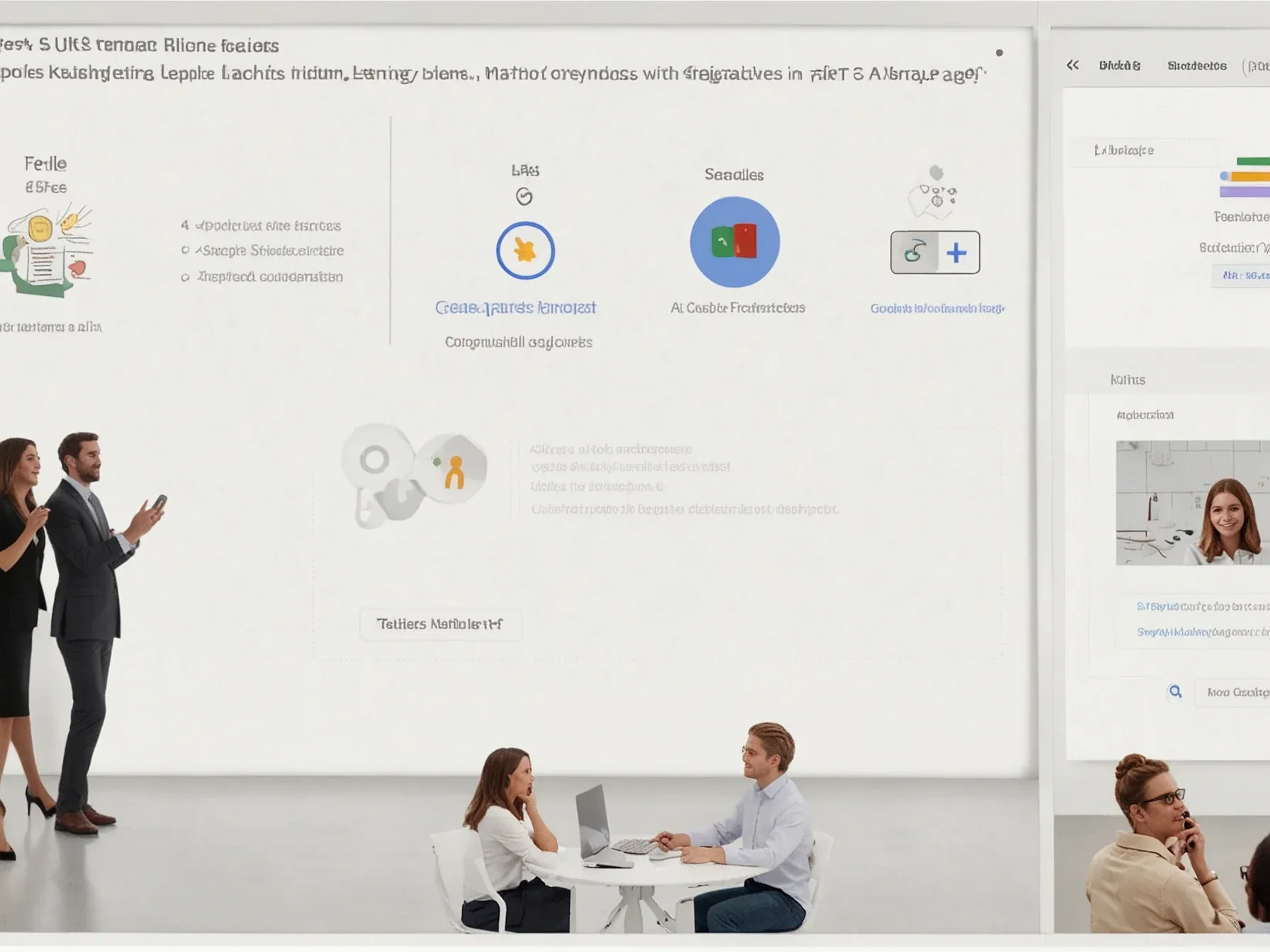
World faces shortage of 44 million teachers by 2030 as resources lag
Why does the looming teacher shortage matter now? While the tech is impressive, the human side of education is hitting a wall. Schools across the globe are already feeling the pinch: classrooms run thin, curricula stretch thin, and budgets crawl.
In many regions, students still rely on outdated textbooks or intermittent internet, a gap that widens as populations grow. Experts warn that by 2030 the world will need an extra 44 million educators to keep pace with enrollment spikes and evolving learning standards. That figure isn’t just a statistic; it translates into overcrowded halls, overworked staff, and compromised outcomes for millions of children.
Yet the conversation isn’t limited to deficits. There’s a growing chorus suggesting that artificial intelligence could fill part of the void—if the tools are built to support, not replace, the teaching process. The question now is whether AI can be shaped into a practical aid that helps learners develop the skills they need, without widening the existing inequities.
Many communities lack access to high-quality educational resources, and experts project the world will need 44 million more teachers by 2030. These trends put a strain on our educational systems, but we believe AI can help. To realize this potential, AI learning tools must help learners cultivate deep understanding, not just deliver quick answers.
They must ignite curiosity and engage learners in a process of discovery--not offer a shortcut. Our goal at Google isn't to replace the essential human elements of learning and teaching, but to support educators and to make learning more effective, efficient and engaging -- not just for school, but for work and lifelong curiosity. AI can help them understand and apply it in a way that reflects their individual learning preferences and interests.
Our tools built for learners Our tools for learning are purpose built and grounded in best-in-class learning science. The AI models that power them are rooted in pedagogical principles and developed in partnership with learning experts to enable true learning. For example, in Gemini, people can choose a Guided Learning path that helps them unearth the answer instead of just giving it away.
We've added ways to make YouTube and Search more conversational, too, so students can ask questions as they learn on those platforms. NotebookLM helps you study better using your own sources and turning content into quizzes, flashcards or immersive audio or video experiences. For instructors, our no-cost AI tools in Google Classroom can act as powerful assistants, helping with lesson planning and administrative tasks so teachers can focus on what's most important: inspiring and supporting their students.
Our commitment to responsibility We also know that AI introduces important questions we must address collectively.
Will AI fill the gap left by a projected shortage of 44 million teachers by 2030? The paper released today outlines Google’s strategy for building AI tools aimed at improving learning outcomes for everyone. History shows that the printing press and the internet each reshaped education; today’s AI surge is presented as the next step.
Yet many communities still lack access to high‑quality resources, and the sheer scale of the teacher shortfall puts pressure on existing systems. Google’s approach assumes that AI learning tools can help learners cultivate… The editorial note promises further analysis in the coming weeks, suggesting that the initial claims are only a starting point. Unclear whether the technology will scale quickly enough to offset the projected deficit, or how it will integrate with under‑resourced schools.
What remains certain is that the conversation has shifted toward AI as a potential supplement, not a guaranteed solution. Stakeholders will need concrete evidence before broad adoption can be justified.
Further Reading
- Global report on teachers: What you need to know - UNESCO
- The United Nations Says Teacher Shortages Are a Global Problem - Education Week
- The World's Classrooms Are Short 44 Million Teachers - EdSurge
- Global report on teachers: addressing teacher shortages and transforming the profession - UNESCO
- How financial technology could help solve a global teacher shortage - World Economic Forum
Common Questions Answered
What is the projected global teacher shortage by 2030?
Experts estimate that the world will need an additional 44 million teachers by 2030 to keep pace with rising student enrollment and evolving learning demands. This shortfall reflects a widening gap between available educators and the growing demand for quality instruction.
How does Google envision AI helping to close the 44 million teacher gap?
Google’s strategy calls for AI learning tools that promote deep understanding, spark curiosity, and engage students in discovery rather than simply providing quick answers. The goal is to augment classroom instruction and relieve pressure on teachers, not to replace human educators entirely.
Why do outdated textbooks and intermittent internet access worsen the teacher shortage?
In many regions, reliance on old textbooks and unreliable internet limits students’ access to modern educational resources, increasing the workload on already thinly staffed classrooms. This resource gap amplifies the strain on teachers, making the shortage more acute.
What historical innovations does the article compare to today’s AI surge in education?
The article likens the current AI boom to the transformative impacts of the printing press and the internet, both of which dramatically reshaped how knowledge is distributed and consumed. Like those past breakthroughs, AI is presented as the next major step in evolving educational delivery.